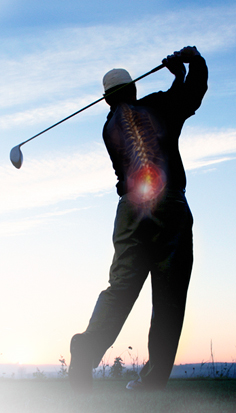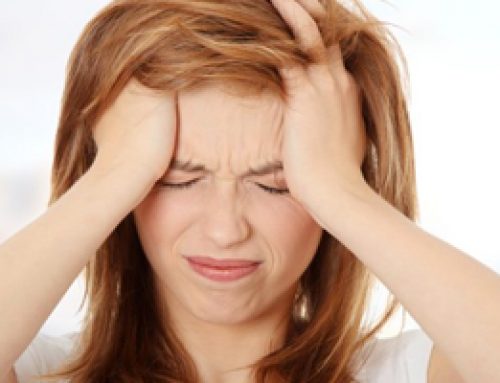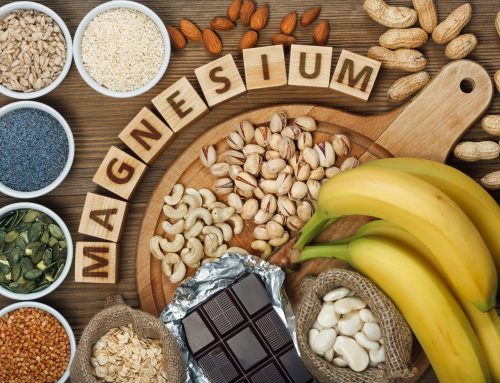Summer is around the corner! This means longer and warmer days and elevated moods. With increased endorphins flowing through our veins we find ourselves getting outdoors more and increasing our activity level. One activity we see rise during summer is the practice of golf, whether done well or poorly. Unfortunately, what we also witness with golfers, amateur and experienced, is an increase in back pain. This may be due to a variety of reasons.
The golf swing is a complex movement and can be quite challenging for a beginner. Basic mechanics of a golf swing are as follows:
- Back swing
- Down swing
The back swing is initiated from the pelvis and hips, followed sequentially by the trunk, shoulders, arms and hands. Think of the back swing as the coil part of the swing. On the down swing we see the hips leading again followed by trunk, shoulders, arms, hands and finally the club head. Think of the down swing as the unwinding of the coil and as we move closer to the club head, acceleration increases.
The best golfers in the world can do this movement fast and efficiently without the expense of their lower back.
Patients I find struggling with low back pain tend to have restricted mobility through two main areas:
- Hips
- Thoracic spine (mid back)
The most mobile parts of our body should be our hips and mid back. If mobility is affected in the hips the golfer will struggle to not only maximize swing range of motion but power during the “coil” section of the back swing.
Secondly, if we have limited rotation through the mid-back, the forces will not be translated well from the “coil phase” to the “unwinding phase”. This is where we see an increase in strain on the low back.
The swing mechanics requires the low back to rotate more than it usually would leading to more rotational stresses which the low back doesn’t respond well too. A strong low back and core may be able to handle this for a while but eventually fatigue sets in and we start seeing failure through the tissues. Types of tissue fatigue can range from a muscular strain, ligament sprain and potential disc injury.
We may also see a compensation pattern on the back swing where the golfer will over stretch the abdominals and lean towards the target as apposed from leaning away. But this could also be due to a core transmission issue between the hips and trunk.
The typical pattern we see as weather improves and activity increases is a direct cause and effect relationship.
Swing frequency increases > load on low back increases > tissue fatigue > tissue damage.
For more information on preventing low back pain during golf please contact Dr. Braeden Melmer at 9905 9099 or braeden@neurohealthchiro.com.au




